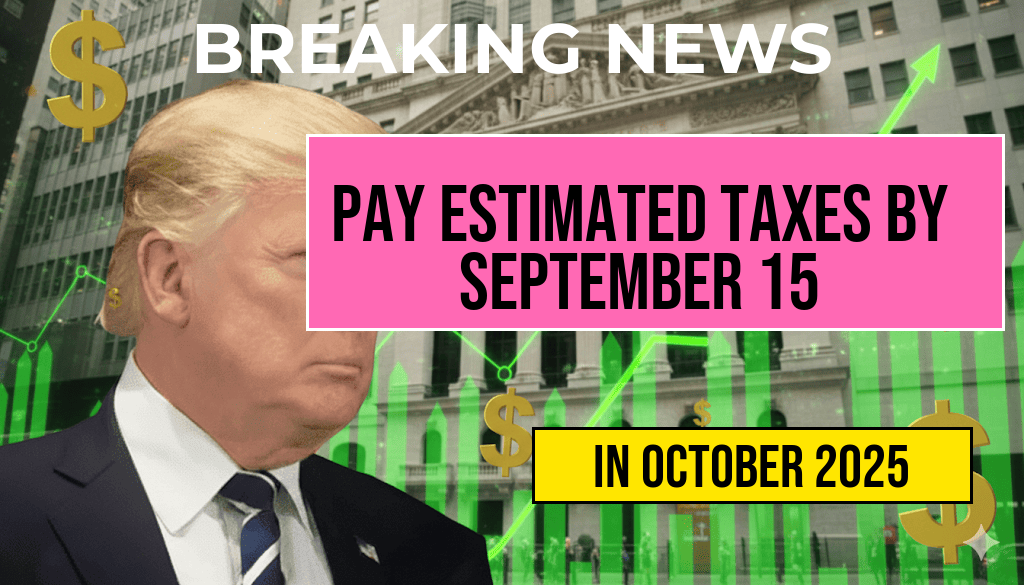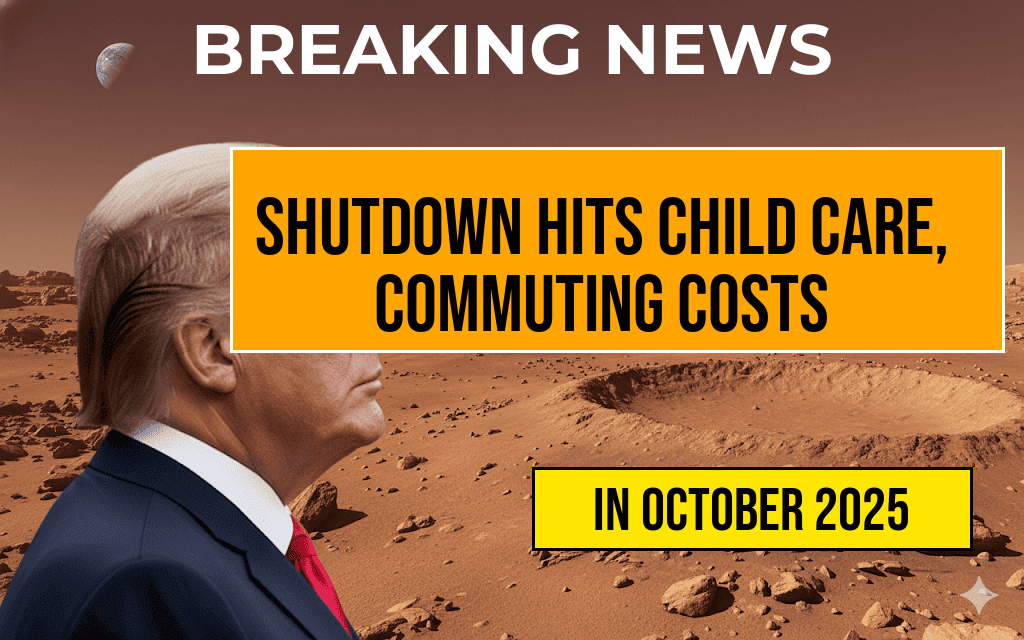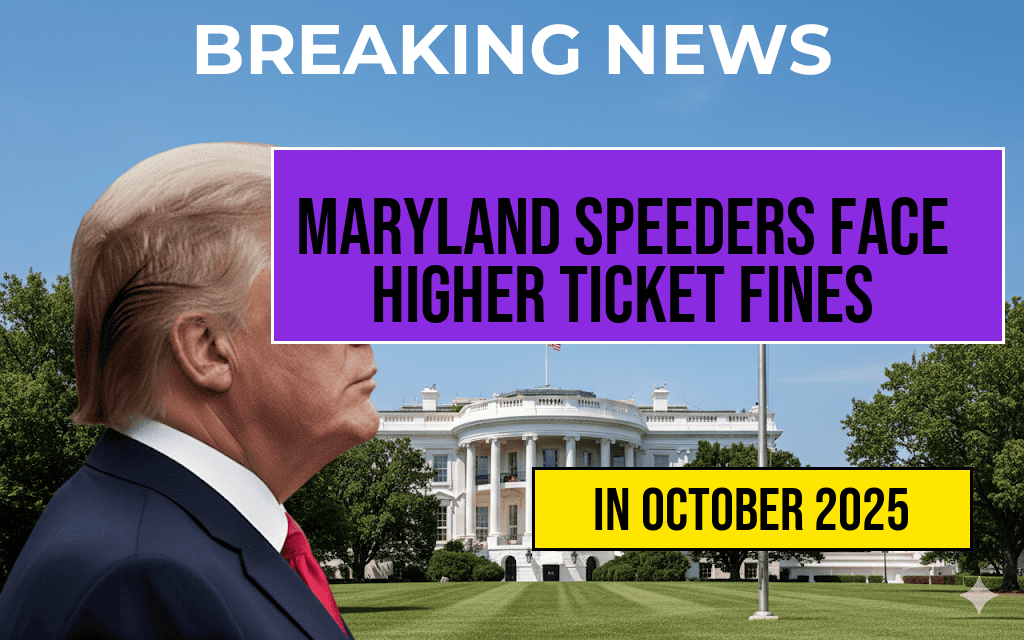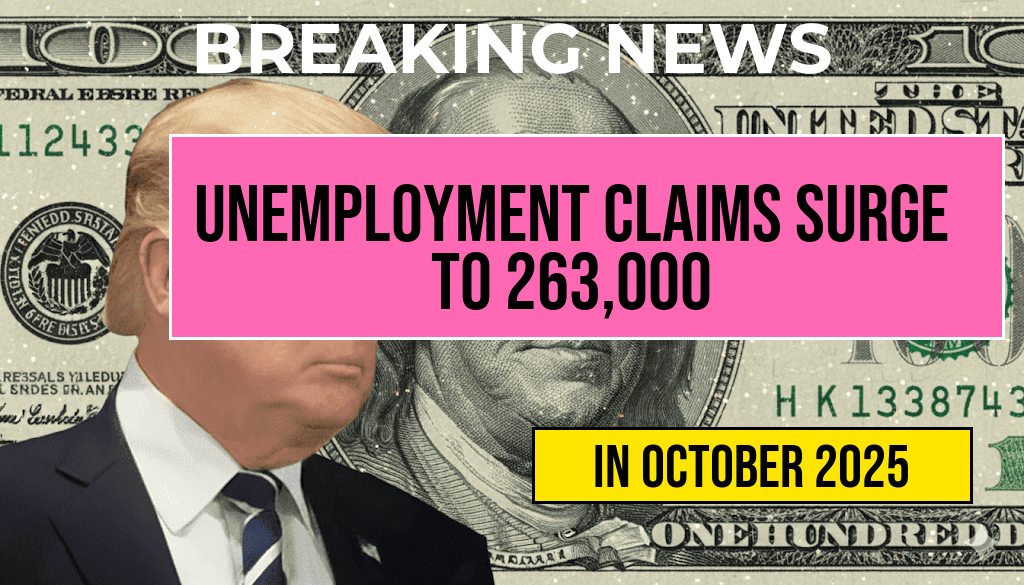The recent government shutdown has had widespread repercussions, particularly in the Washington, D.C. region, where families are facing a dual crisis. As federal services grind to a halt, child-care slots are rapidly disappearing, exacerbating the challenges of working parents. Simultaneously, rising commuting costs are compounding the stress for many residents. With the federal government employing a significant portion of the D.C. workforce, the shutdown is not just a political issue but a domestic one that directly impacts daily life for thousands. This article explores the consequences of the shutdown on both child care and commuting costs, highlighting how these developments are reshaping the economic landscape for families in the area.
Child-Care Slots Disappearing
The child-care crisis in the D.C. region has reached alarming levels, with numerous facilities either closing their doors or reducing the number of available slots. According to a recent report, nearly 30% of child-care providers in the area have suspended operations due to funding issues related to the government shutdown. Many of these providers rely on federal subsidies, which have been halted, leaving them unable to maintain staffing levels and cover operational costs.
Impact on Working Parents
- Increased stress for parents trying to balance work and child care
- Longer waiting lists for available child-care slots
- Higher costs associated with private care alternatives
Working parents are now facing a tough choice: either find more expensive private care options or risk their jobs. The situation is particularly dire for low-income families, who often depend on subsidized programs. “We are seeing parents pulling their children out of care because they simply cannot afford it,” said Jessica Harper, a child-care provider in the region. “This shutdown is directly affecting our community.”
Rising Commuting Costs
As families struggle with child-care shortages, commuting costs are also surging. Fuel prices in the D.C. area have skyrocketed, driven by a combination of supply chain disruptions and increased demand. According to the U.S. Energy Information Administration, prices at the pump have risen by 15% since the start of the shutdown, placing additional financial strain on commuters.
Commuting Alternatives and Challenges
Many residents are exploring alternative commuting methods, such as carpooling or using public transportation. However, with the shutdown impacting federal transit subsidies, these options are not always viable. “Public transit is less reliable than ever,” said Mark Chen, a daily commuter. “With fewer buses and trains running, it’s becoming increasingly difficult to get to work on time.”
Table: Commuting Cost Trends in the D.C. Region
| Cost Type | Pre-Shutdown Average | Current Average | Percentage Change |
|---|---|---|---|
| Gas Prices | $3.20/gallon | $3.68/gallon | +15% |
| Public Transit Fares | $2.00/ride | $2.25/ride | +12.5% |
Community and Government Response
Community organizations are stepping in to fill some of the gaps left by the government shutdown. Various non-profits are offering temporary child-care solutions and financial assistance for families struggling with rising commuting costs. However, these efforts are limited and cannot fully compensate for the cuts in federal funding.
Local government officials are advocating for a swift resolution to the shutdown, emphasizing the need for federal action to restore funding for essential services. “We cannot allow our community to suffer because of political gridlock,” stated Councilmember Andrea Johnson. “Child care and affordable commuting are vital for our residents, and we must prioritize these issues.”
Future Outlook
The ongoing government shutdown continues to pose significant challenges for families in the D.C. region. As child-care slots vanish and commuting costs rise, the pressure on working parents intensifies. Experts warn that if the situation persists, the long-term effects could be detrimental, leading to a workforce that is less stable and more stressed.
For more information on the child-care crisis and commuting trends during the government shutdown, visit Forbes or check the Wikipedia page on government shutdowns.
Frequently Asked Questions
What is the impact of the government shutdown on child-care availability?
The government shutdown has led to a significant reduction in child-care slots in the DC region, as many facilities rely on federal funding to operate. This has resulted in less access for families seeking care for their children.
How are commuting costs affected by the shutdown?
With the government shutdown, commuting costs in the DC region have surged due to increased traffic congestion and rising prices for public transportation options. Many workers are forced to seek alternative routes or modes of travel, leading to higher expenses.
Are there any resources for families struggling with child-care during the shutdown?
Yes, there are various resources available for families affected by the loss of child-care slots. Local community organizations and non-profits may offer assistance or referrals to alternative child-care options during this crisis.
What long-term effects could the shutdown have on child-care services?
The long-term effects of the government shutdown on child-care services could include permanent closures of facilities that cannot sustain operations without federal funding, leading to a more significant shortage of available care in the future.
How can citizens voice their concerns about the shutdown’s impact?
Citizens can voice their concerns by reaching out to their local representatives and participating in community forums. Engaging in discussions about the impact on child-care and commuting costs can help raise awareness and prompt action.











